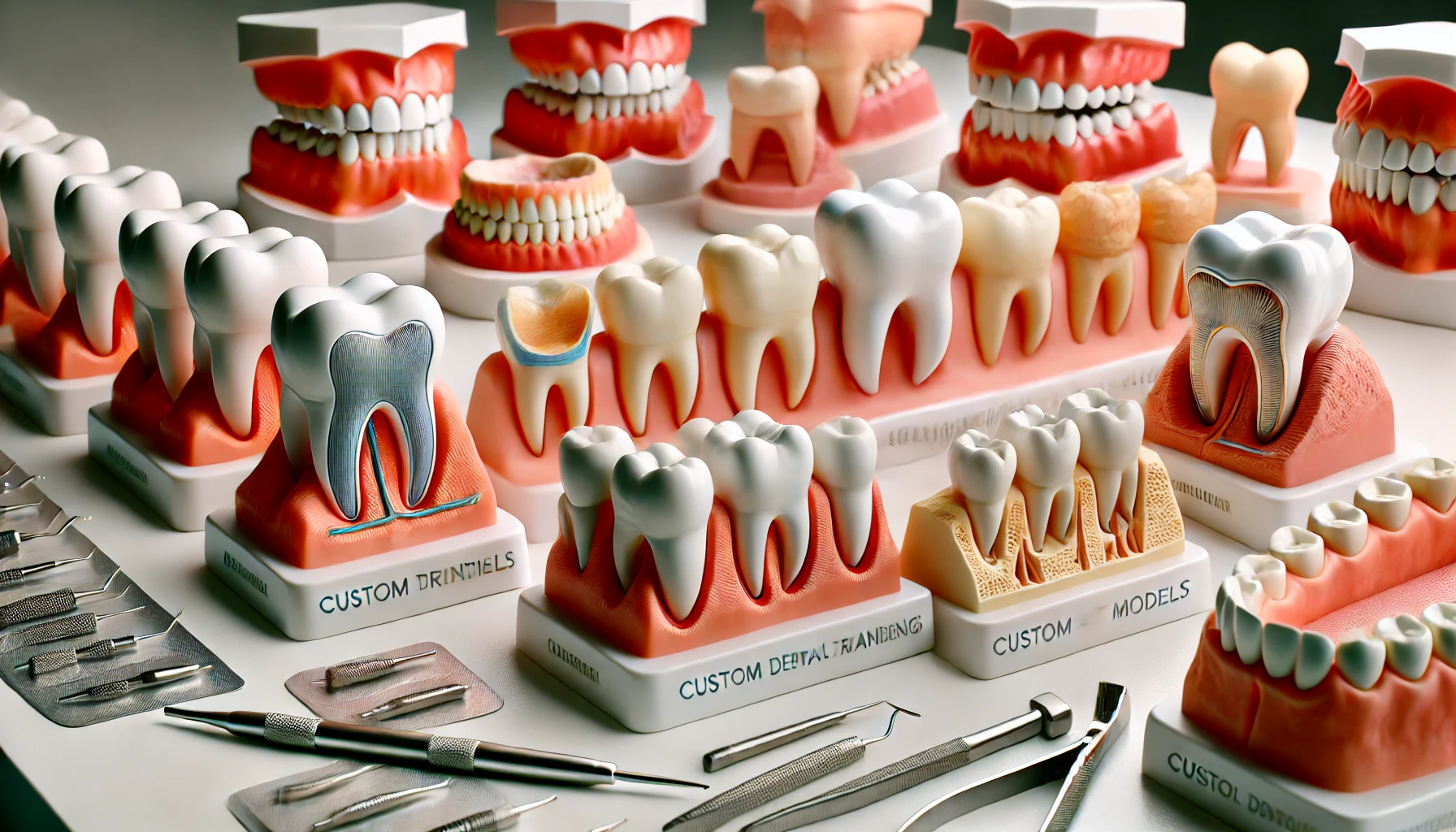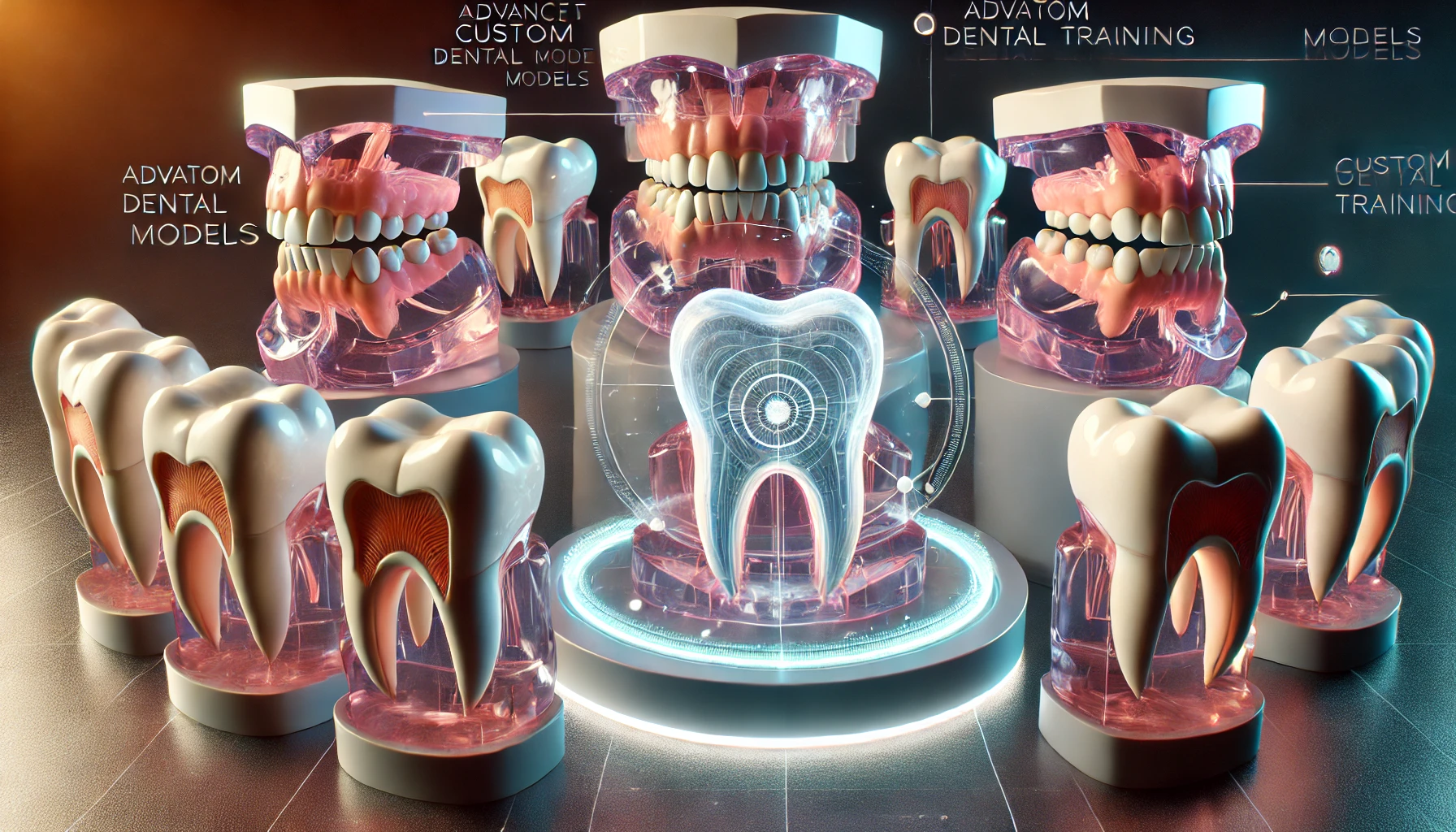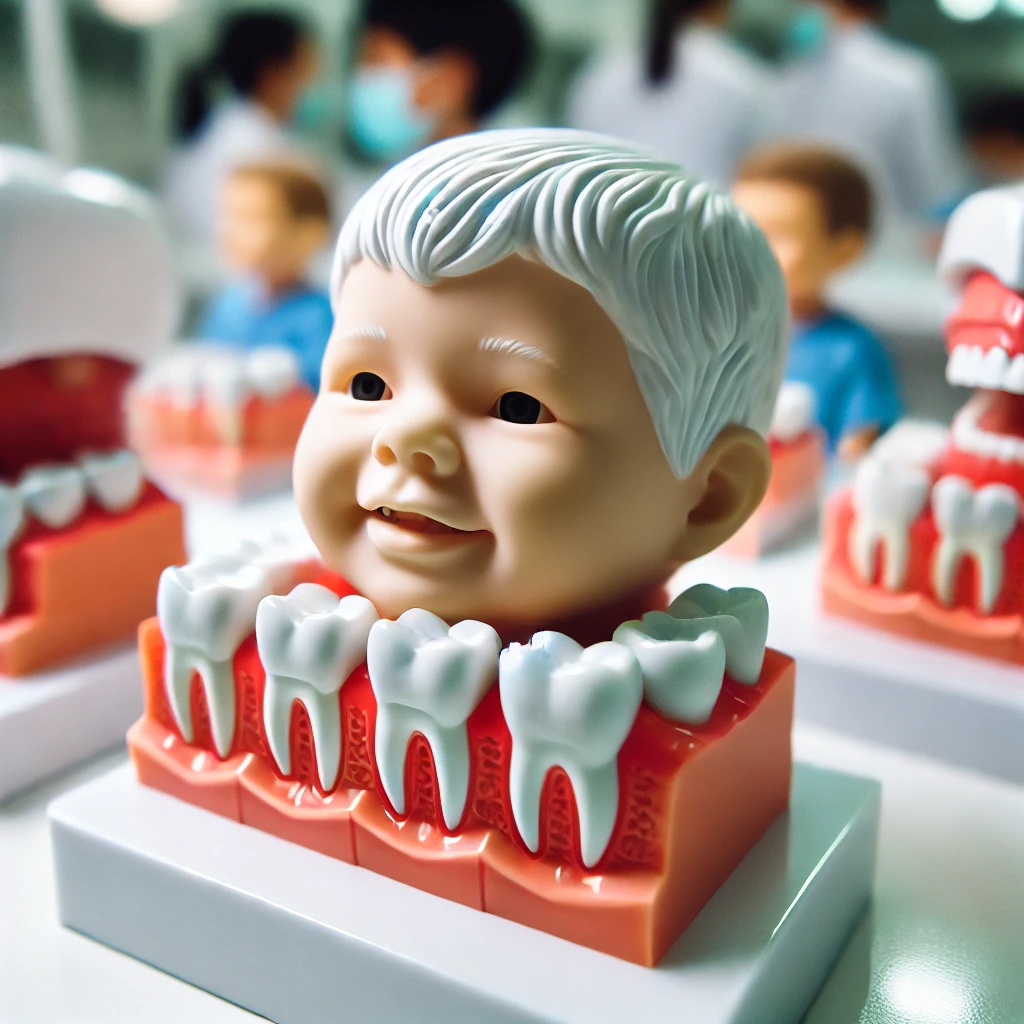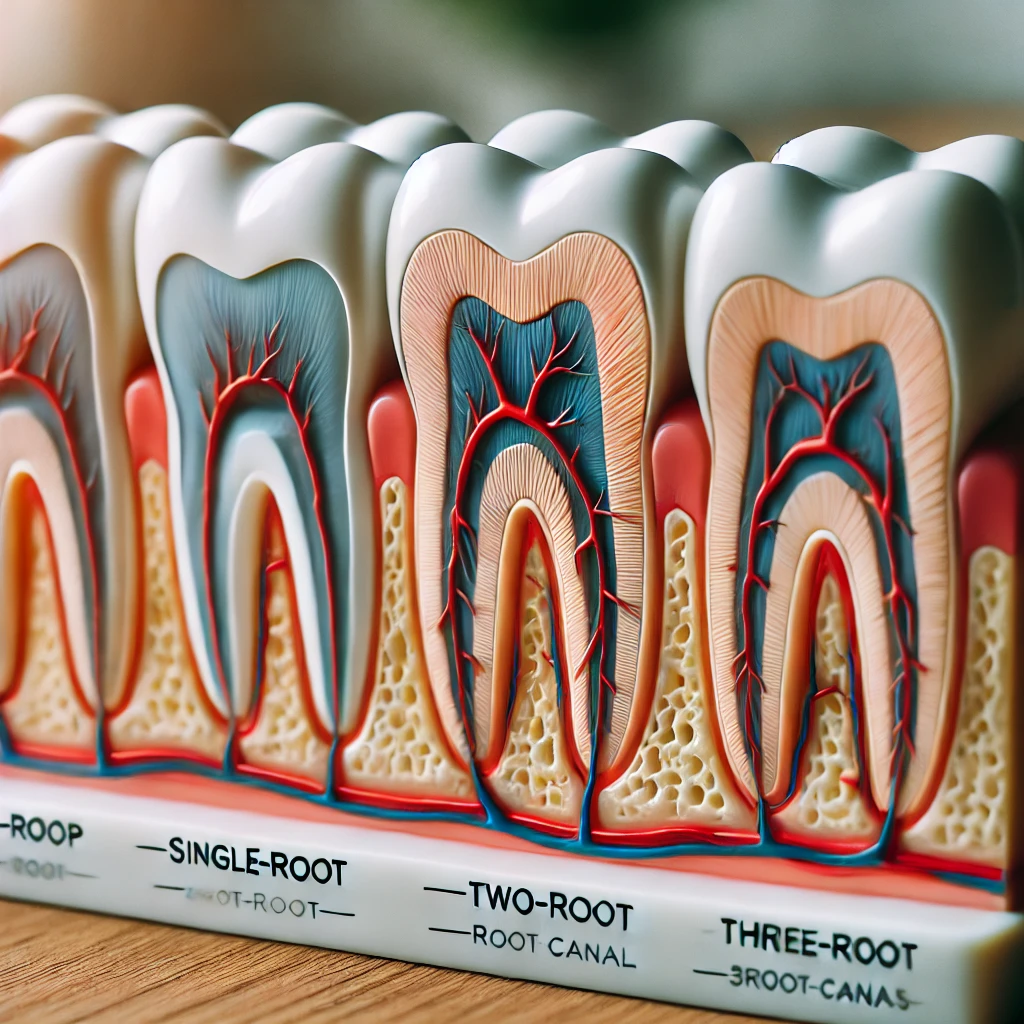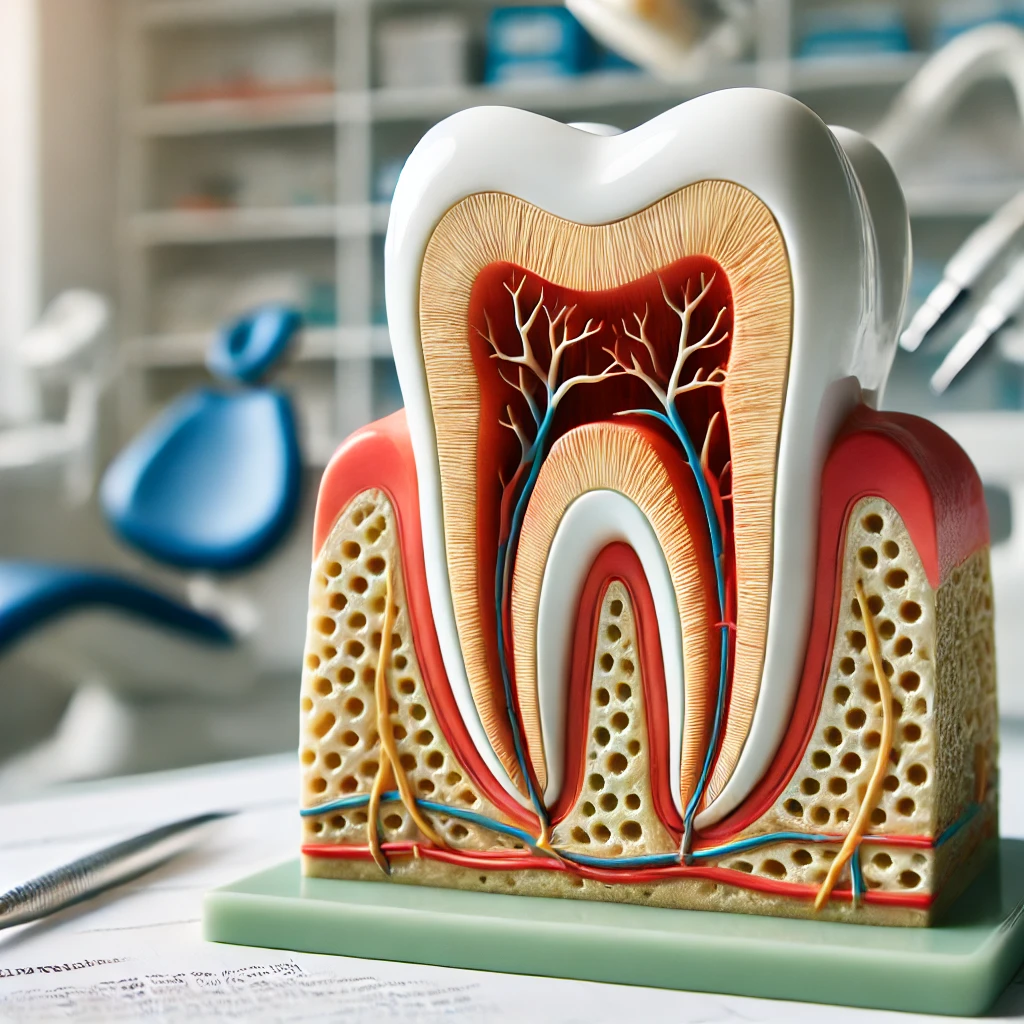Introduction: A New Era in Dental Training
Dental education is undergoing a transformation, with realistic decay-simulation models emerging as a cornerstone of modern training. These advanced tools replicate the intricate details of decayed teeth, from surface discoloration to deep lesions. For dental students, they provide an opportunity to bridge the gap between theoretical knowledge and hands-on practice in a safe and controlled environment.
Why Decay-Simulation Models Are Vital
Decay-simulation models address one of the core challenges in dental education: preparing students for real-world complexities. Instead of relying solely on textbooks or live patients, students can now practice on models that feel and function like real teeth.
These models enhance the learning process by mimicking the natural progression of decay. For example, a student can explore how a minor cavity develops into a severe lesion requiring a root canal, understanding the nuances at every stage. This tactile and visual experience deepens their diagnostic and technical abilities, ensuring they are well-equipped for clinical practice.
Beyond technical training, these models also foster confidence. Repeated practice on a lifelike model allows students to perfect their skills without the stress of working on a patient. In essence, they provide the perfect middle ground for transitioning from the classroom to the clinic.
Features of High-Quality Decay-Simulation Models
Modern decay-simulation models stand out for their ability to replicate real-life dental scenarios. They are designed with precision, offering a realistic anatomy that includes enamel, dentin, and pulp layers. This realism extends to the textures and colors of decayed areas, helping students sharpen their diagnostic skills.
The adaptability of these models is another significant feature. For instance, they can simulate various stages of decay, from early caries to advanced lesions. Some models even integrate with modern tools, such as CAD/CAM systems or dental microscopes, allowing students to practice using the latest technology.
Products like Sam Endo’s Advanced Decay Models exemplify these qualities. Whether for beginner-level cavity preparation or complex procedures like root canals, these tools cater to the diverse needs of dental students.
Advantages and Challenges of Decay-Simulation Models
The use of decay-simulation models in dental education offers numerous benefits. They provide a realistic training experience that mimics real-world scenarios, helping students build confidence and competence. Moreover, they create a safe environment where mistakes are part of the learning process rather than a risk to patient safety.
However, these models are not without challenges. High-quality models often require a significant upfront investment, which can be a concern for some institutions. Additionally, while the models are highly realistic, they cannot entirely replicate the variability and unpredictability of real patients. Despite these limitations, the value they bring to dental education is undeniable.
Frequently Asked Questions
How realistic are decay-simulation models?
Decay-simulation models are meticulously designed to replicate the texture, color, and structural changes seen in real decayed teeth. Advanced models even simulate different stages of decay, from surface discoloration to deep lesions affecting the pulp.
Are these models reusable?
Yes, most high-quality models are made from durable materials and include replaceable components, making them suitable for repeated practice and long-term use.
Can decay-simulation models be used for advanced dental procedures?
Absolutely. These models are versatile and can be used for a wide range of procedures, including cavity preparation, root canal therapy, and even complex restorative treatments.
Are the models compatible with modern dental technologies?
Many decay-simulation models are designed to integrate seamlessly with tools like CAD/CAM systems, dental microscopes, and 3D imaging technologies, ensuring they meet the demands of contemporary dental education.
Where can I purchase reliable decay-simulation models?
Trusted manufacturers like Sam Endo offer a variety of models tailored to different educational levels, from beginner to advanced training needs.
Preparing Students for Real-World Dentistry
Realistic decay-simulation models are reshaping dental education, providing students with the tools to transition seamlessly from the classroom to the clinic. By simulating the complexities of decayed teeth, these models ensure that students develop the skills, confidence, and precision needed for successful careers in dentistry.
Manufacturers like Sam Endo are at the forefront of this innovation, offering models that cater to a range of educational scenarios. As dental education continues to evolve, these tools will play an essential role in shaping competent, skilled professionals ready to meet the demands of modern dentistry.

